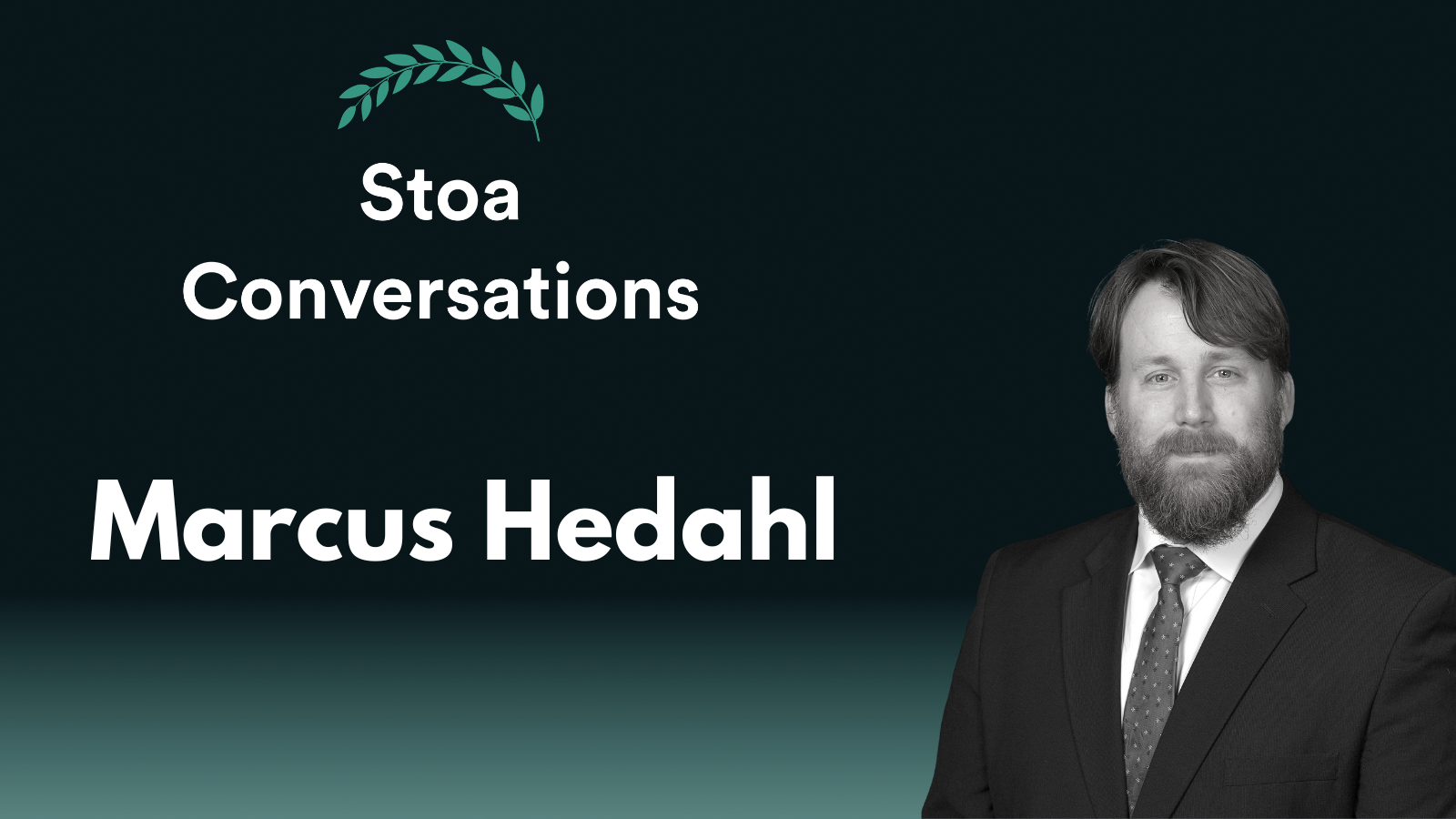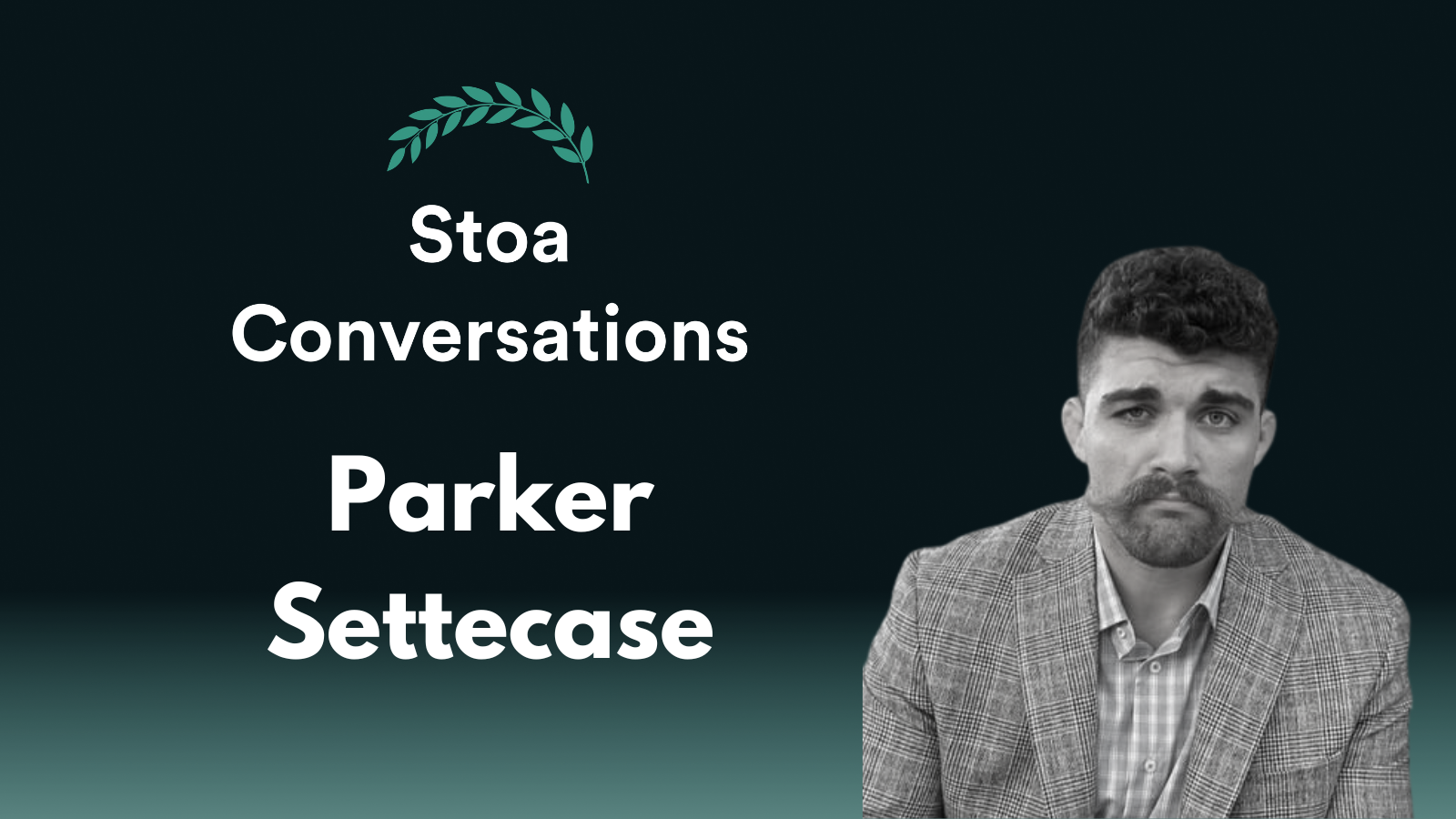- The Stoa Letter
- Posts
- The Mind Body Connection
The Mind Body Connection
Staying connected to the world
Welcome to The Stoa Letter, the newsletter on Stoic theory and practice.
🏛️ Theory
How we think determines who we are.
The world presents us with impressions and our body provides us with sensations. Our role is to manage them well.
Between every stimulus, there’s a pause. In that pause, we find our freedom.
These are key themes of Stoicism, but sometimes I’m asked: “Do these ideas separate us from the world?”
Many have argued that we should see the mind as embodied. We aren’t abstract beings who think apart from the physical world. Instead, we think through our bodies and environment. Consider how much of a difference it can make to write in a notebook, as opposed to typing into a phone. I’ve spoken with several people who say they prefer to journal by hand instead of using digital journaling apps. It doesn’t just feel different, they think differently when they do either activity. We think through our bodies.
Stoicism may initially sound at odds with this. In the Stoic view, we’re rational beings. We’re always trying to step back and avoid becoming wrapped up in our immediate sensations and environment.
But I think the Stoic view is ultimately in harmony with this perspective.
The ancient philosophers agreed that we’re fundamentally embodied. The Stoics were “materialists” (the philosophical kind). They believed that our rationality is purely physical. We are not disembodied souls. Yes, we can step back and reflect on the world, but ultimately we’re using what the world has given us to reflect on itself. The sense that we’re fundamentally separate from the world is an illusion.
We’re embedded in nature. We share this fate with billions of other creatures. Their rationality is the same as ours. Ultimately, Stoicism is a reminder to be connected with others and the rest of the world.
As Marcus Aurelius put it:
No one can implicate me in ugliness. Nor can I feel angry at my relative, or hate him. We were born to work together like feet, hands, and eyes, like the two rows of teeth, upper and lower. To obstruct each other is unnatural. To feel anger at someone, to turn your back on him: these are obstructions.
🎯 Action
Make one change to your physical environment, to help you think better today.
🔗 Links
📖 Read the book The World Beyond Your Head for more on the idea, and implications, that we’re embodied beings.
🗞️ Brittany Polat explores a related idea in her recent piece:
Foregrounding the psychophysical holism of Stoicism enables us to readily take on board current neuropsychological and neurophysiological research, incorporating it into an existing Stoic framework. With a few theoretical adjustments—such as replacing the idea of pneuma with an understanding that life and intelligence emerge from inorganic matter of increasing complexity—Stoicism can accommodate contemporary evidence for the brain-mind-body connection.
Brittany also has a great set of meditations called Deeper Connections, inside the Stoa app.
🎧️ Marcus Hedahl and I took a deep dive into this topic earlier this year:
🎧️ And if you’re interested in journaling specifically, Michael’s deep dive with Parker Settecase was useful for me and maybe useful to you too:
What did you think about today's letter? |


Reply